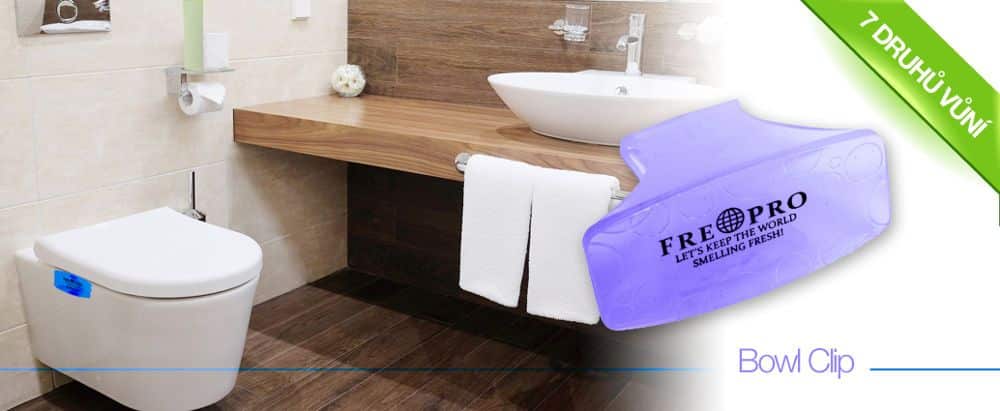Education in Great Britain
Compulsory education in the UK starts at the age of 5 and ends at the age of 16.
There are three means of education in the UK. Pupils can attend either state schools, or independent (private) schools, or they can be educated in an alternative way.
Alternative education means that parents have the right to educate their chidren at home. Tehy don’t need any teaching qualification. But they are under the control of Local Education Authority.
Independent (private) schools provide better education than state schools and students have therefore better job opportunities. That’s why these schools are expensive. Students must pay fee so mainly children from very rich families attend them. These schools are situated mainly in England. They are also boarding schools (it means that students can live there). They are usually single-sex, not co-educational. The most famous schools are Eton, Harrow and Rugby. they have their system:
• 5-8 = pre-preparatory school
• 8-13 = preparatory school – it prepares students for Common Entrance Exam which is necessary to be passed if a pupil wants to attend public school
• 13-18 = public school
State schools are divided into levels according to a system. These schools are free and co-educational.
System A
• primary school, which has two levels, infant (5-7) where children learn reading, writing and basic maths, and junior (7-11) where other subject such as history, geography or science are added.
• secondary school (12-16/18, according to one’s choice) can be divided into three types. Grammar schools are very selective, students must pass an entrance exam. They receive more academic education. Comprehensive schools are where most of children go. There are children with mixed abilities, bright as well as not gifted, from various social backgrounds. Secondary modern schools provide alternative education.
System B
• First school (5-8)
• Middle school (8-13)
• Secondary school (13-16/18)





